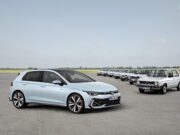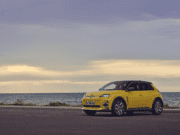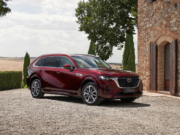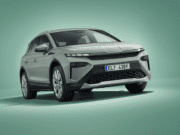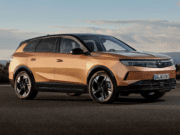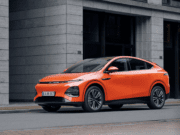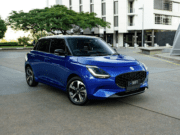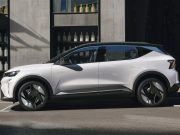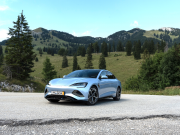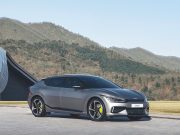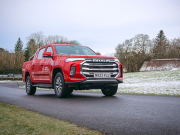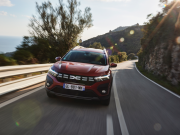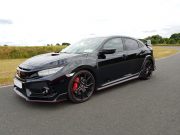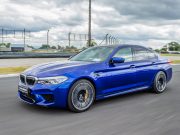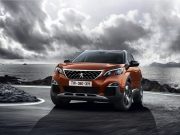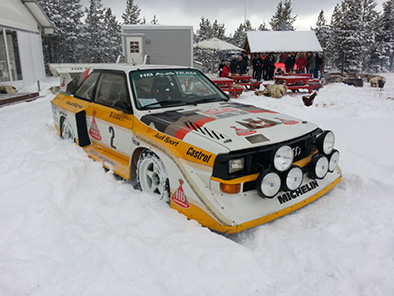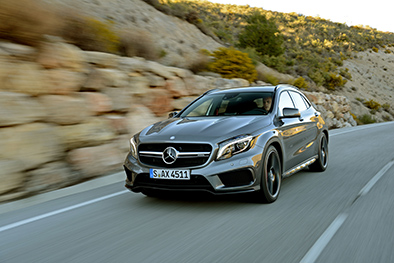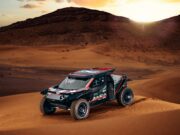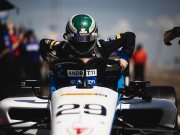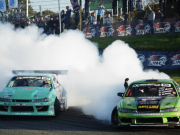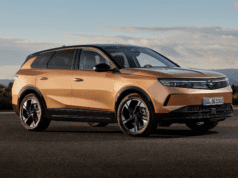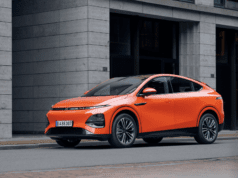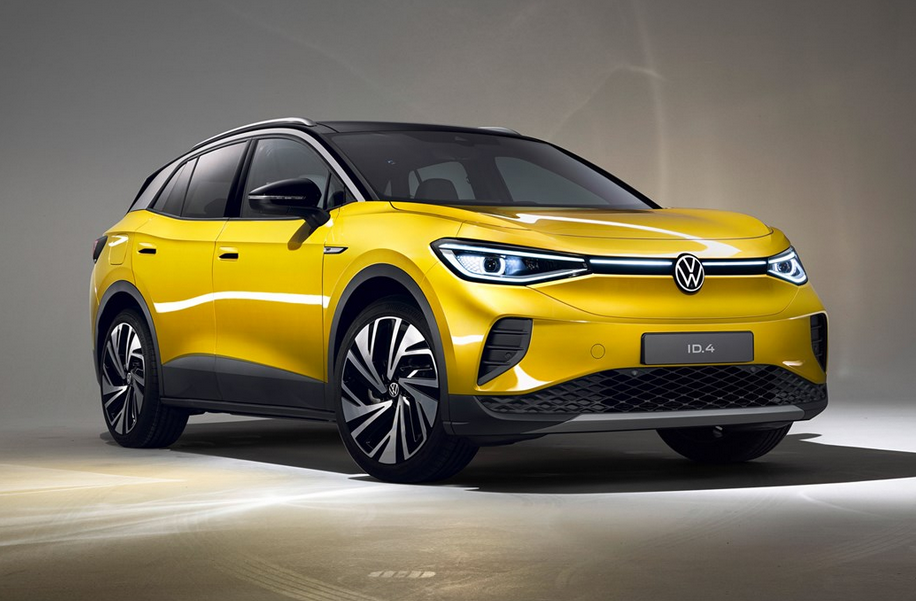 The electric transformation that the Volkswagen Group undertook in 2022 has made significant progress. Despite supply constraints and temporary production stops, 572,100 all-electric vehicles were handed over to customers around the globe. Compared to 2021, this is a substantial increase of 26 percent. The BEV share of total deliveries thus reached 6.9 percent, up from 5.1 percent a year earlier. The Volkswagen Group remains the BEV market leader in its home market of Europe and reached the fourth position in this segment in the United States. The strongest increase came from China, were BEV deliveries were up by 68 percent y-o-y. Due to above mentioned challenges, overall global deliveries were down 7 percent on prior year to 8.3 million vehicles. In the second half of 2022, a slightly improved supply situation led to an increase of deliveries of 12 percent y-o-y. However, this could not make up for the losses of 22 percent y-o-y in the first half year. The Group’s order bank remains on a high level of 1.8 million vehicles in Western Europe alone, there of 310,000 BEVs.
The electric transformation that the Volkswagen Group undertook in 2022 has made significant progress. Despite supply constraints and temporary production stops, 572,100 all-electric vehicles were handed over to customers around the globe. Compared to 2021, this is a substantial increase of 26 percent. The BEV share of total deliveries thus reached 6.9 percent, up from 5.1 percent a year earlier. The Volkswagen Group remains the BEV market leader in its home market of Europe and reached the fourth position in this segment in the United States. The strongest increase came from China, were BEV deliveries were up by 68 percent y-o-y. Due to above mentioned challenges, overall global deliveries were down 7 percent on prior year to 8.3 million vehicles. In the second half of 2022, a slightly improved supply situation led to an increase of deliveries of 12 percent y-o-y. However, this could not make up for the losses of 22 percent y-o-y in the first half year. The Group’s order bank remains on a high level of 1.8 million vehicles in Western Europe alone, there of 310,000 BEVs.
Hildegard Wortmann, Member of the Extended Executive Committee for Sales, said: “Our brands have shown a decent performance regarding deliveries in a very challenging environment last year. I am particularly pleased that our electric transformation gained further traction across the brands and that we reached our target share of around 7 to 8 percent for all-electric vehicles despite these headwinds. The high order bank is a clear proof that customers love our entire strong product portfolio. That gives us confidence for 2023 despite weakening macroeconomics and ongoing supply shortages. The latter are expected to improve step by step in the course of the year.”
The Volkswagen Group is in the midst of its transformation from a car manufacturer to a software driven provider of sustainable mobility. The electrification of its model range is a cornerstone to achieve that goal and to have a carbon neutral balance sheet at latest by 2050. Despite numerous challenges in the past three years like semiconductor shortages and Covid-related lockdowns, the Group has pursued its electric path very consistently. The share of BEVs has been raised from 2.5 percent in 2020 to 5.1 percent in 2021 and then to 6.9 percent last year. In the course of 2022, additional sites in Emden, Hanover and Chattanooga started to produce BEVs. This year, the Group headquarters in Wolfsburg will follow. Therefore, the Group aims to reach a level of BEV deliveries of around 11 percent in 2023. This will be the base to achieve the medium term goal of around 20 percent in 2025. By 2030, every second Group vehicle delivered globally is expected to be all-electric.
The Group’s best-selling BEVs in 2022 were (in units):
Volkswagen ID.4/ID.5 – 193,200
Volkswagen ID.3 – 76,600
ŠKODA Enyaq iV (incl. Coupé) – 53,700
Audi Q4 e-tron (incl. Sportback) – 52,800
Audi e-tron (incl. Sportback) – 51,200
Volkswagen ID.6 – 37,400
Porsche Taycan (incl. Turismo) – 34,800
CUPRA Born – 31,400


